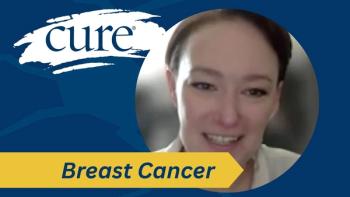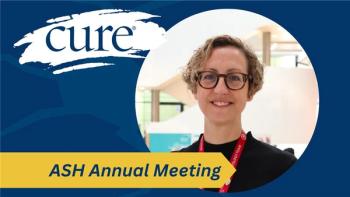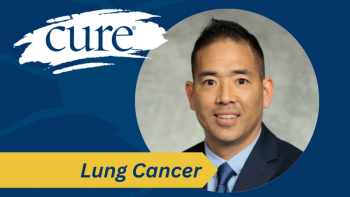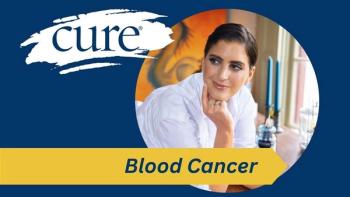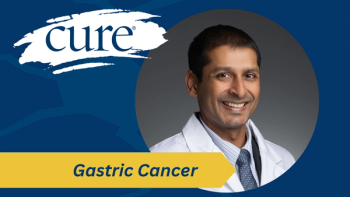
The Importance of More Thoughtful Treatment Strategies in High-Risk CLL
“If I only have one tool to treat the disease, I will play with that tool in many different ways. But if I have access to four different tools, then I will give up tool (number) one if I don't feel it's working,” explained Dr. Mazyar Shadman of the Seattle Cancer Care Alliance, about his approach to treating high-risk chronic lymphocytic leukemia in an interview with CURE®.
When it comes to treating patients with chronic lymphocytic leukemia (CLL), oncologists have a number of treatment options to create a plan that limits the time on any given therapy and reduces the toxicities a patient might face. But for high-risk patients, more work must be done to create effective treatment strategies, according to Dr. Mazyar Shadman of the Seattle Cancer Care Alliance.
In a recent interview with
Transcription:
The way I look at CLL, these days, is we either have what I call standard-risk CLL - these are patients who don't have high-risk features - and then we have high-risk CLL. And those are patients who either have a high-risk molecular marker or they may not have that marker, but their disease progressed on some of our good drugs. So that would be a high-risk disease, right? So, if you have somebody whose disease came back after one or two lines of the best treatment, that's a difficulty.
So, for standard-risk CLL, we're focusing on making treatment time-limited and less toxic. I kind of mentioned this earlier. For high-risk, there's much more to do and we still need treatment strategies that are more effective. As I mentioned earlier, one of the things that we have been doing here and in some (other) major centers really, (is that we) have a program that doesn't focus on a treatment modality but focuses on a strategy. So, if I only have one tool to treat the disease, I will play with that tool in many different ways. But if I have access to four different tools, then I will give up tool (number) one if I don't feel it's working.
I guess my point is, as a center that has access to novel agents, chemotherapy, rarely, but you know, everybody has it - cellular therapy, it could be bispecific therapy, is more important. And if you're very active with CAR T-cell therapy, and that, if needed for selected patients, allogeneic stem cell transplant, I think that it's very critical to know how to sequence these treatments. What is the right time to jump from one treatment to the other.
And again, I repeat, this is not for everybody. The majority of patients these days are fortunate, and they fit in the standard category. And we just have work to do there, but a different type of work. But for high-risk patients, I think it's very important to have a strategy and not just go on treatment and say ‘Oh, it's working. I'm going to forget about CLL until I need to.’ — no.
Sometimes the time to move on to another treatment is when you're responding to treatment and everything is fine. So that's why kind of having a plan for your disease and having a more general big picture vision is very important. And that's my main advice for patients with high-risk disease.

